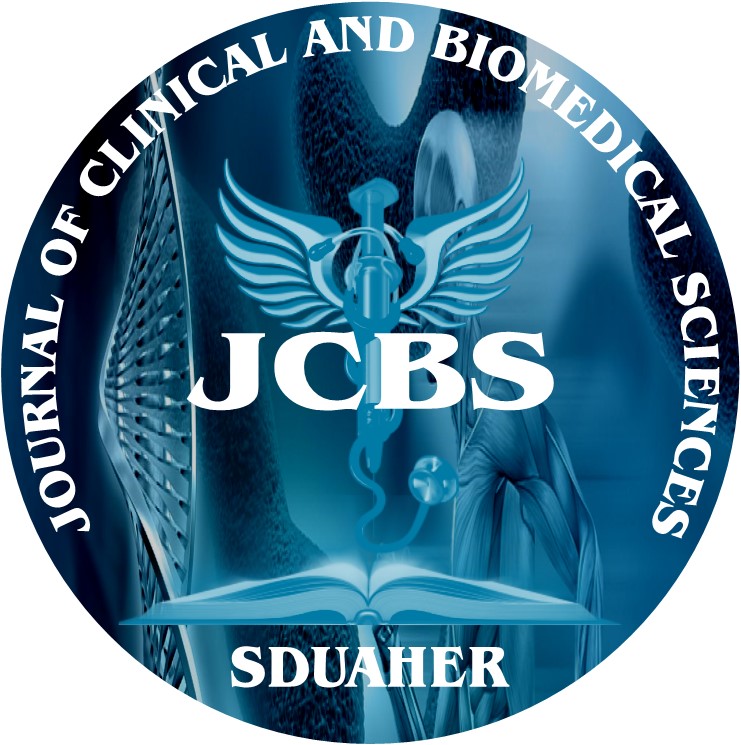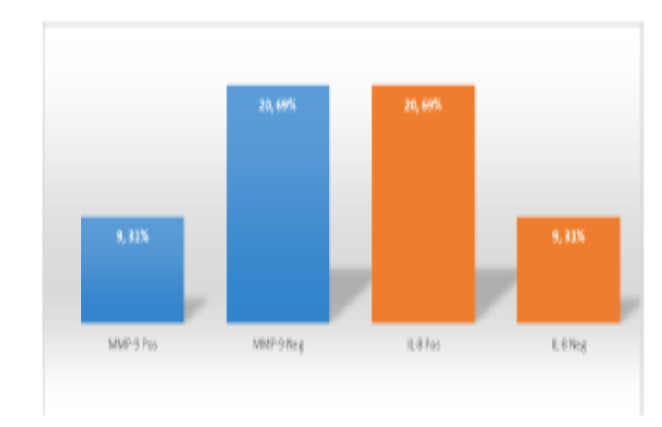


Journal of Clinical and Biomedical Sciences
DOI: 10.58739/jcbs/v15i3.25.56
Year: 2025, Volume: 15, Issue: 3, Pages: 196-203
Original Article
Priyanka M K1, Nandini N M2∗, Aravind R M3, Pavitra T4
1Former Research Scholar, Department of Pathology, JSS AHER, JSS Medical College, Mysuru, Karnataka, India
2Former Professor, Department of Pathology, JSS AHER, JSS Medical College, Mysuru, Karnataka, India
3Surgeon, Department of Surgery, Cauvery Institute of Health Sciences, Cauvery Heart and Multispecialty Hospital, Mysuru, Karnataka, India
4Assistant Professor, Department of Microbiology, Cauvery Institute of Health Sciences, Cauvery Hospital, Mysuru, Karnataka, India
*Corresponding Author
Email: [email protected]
Received Date:30 January 2025, Accepted Date:15 April 2025, Published Date:26 September 2025
Introduction: Triple-negative breast cancer (TNBC) is a highly aggressive subtype characterized by the absence of estrogen receptor (ER), progesterone receptor (PR), and HER2, limiting treatment primarily to chemotherapy, radiation, and emerging immunotherapies. It is associated with a poor prognosis, a high likelihood of metastasis, and resistance to chemotherapy. Matrix metalloproteinase-9 (MMP-9) and interleukin-8 (IL-8) are key contributors to TNBC progression—MMP-9 facilitates tumor invasion and blood vessel formation, while IL-8 enhances cancer cell survival, migration, and metastasis through inflammatory pathways. Increased levels of these biomarkers are linked to more aggressive disease and worse survival outcomes. This study evaluates MMP-9 and IL-8 expression in breast cancer tissues using immunohistochemistry (IHC) and explores their association with clinicopathological features. Methods: A cross-sectional study was carried out at the NABL-accredited laboratory in the Department of Pathology, JSS Hospital, Mysuru, between January 2020 and May 2024. The study involved 29 paraffin blocks from patients who had undergone mastectomy or core biopsy following a breast carcinoma diagnosis. Hematoxylin and eosin (H&E) staining, as well as immunohistochemistry (IHC) staining, were performed and the findings documented. Results: The results demonstrated expression of IL-8 correlates with triple-negative breast carcinoma patients and may also serve as a prognostic biomarker for breast cancer progression. Conclusion: These observations imply a possible interaction between MMP-9 and IL-8 expression in breast cancer, where IL-8 positivity is increasingly seen in MMP-9 positive cases. The statistically significant reverse correlation between MMP-9 negative and IL-8 negative cases could suggest that IL-8 expression is dependent on the presence of MMP-9. Further research is needed to clarify the mechanistic interaction and its prognostic influence on tumor development and prognosis.
Keywords: Matrix Metalloproteinase-9, Interleukin-8, Triple-Negative Breast Cancer, Tumor budding, Km Score, Ki 67
This is an open-access article distributed under the terms of the Creative Commons Attribution License, which permits unrestricted use, distribution, and reproduction in any medium, provided the original author and source are credited.
Published By Sri Devaraj Urs Academy of Higher Education, Kolar, Karnataka
Subscribe now for latest articles and news.